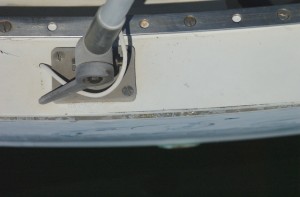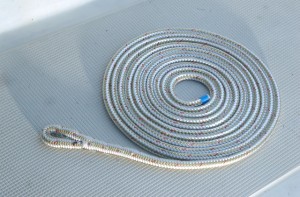Apr 07 2009
Prepare for Departure: Sailing Around the World
The maintenance on the boat has been going slowly, but there have been quite a few decisions to make. I have finally made those decisions, and as a result, I am ready to go for it–and actually go cruising.
Last weekend, I was racing with a friend and I really admire his logic and decision making process. He knew that I was considering the trip, and after a quick tour of the Ericson 29, he started asking me questions about the boat and the trip.
His advice was simple: if you wait to go, you may never go. If you settle down with a family and children, it will be 20 years before you have a chance to even think about sailing around the world again. And, in that time, there will be tons of things that will get in the way of your decision. And, he is right–on so many levels.
So, I am considering it. I am in the process of planning the trip–establishing the criteria that needs to be met in order to go–with the plan that once that criteria is met, I can leave (like THE next morning). There is plenty of time for me to make another decision, but for right now, I am moving forward on the sailing adventure of my lifetime!
On a side note, if you are trying to make a similar decision, the information at Cruisers Forum http://www.cruisersforum.com is an excellent source. You could also ask the new Website, Hunch http://www.hunch.com, for help in making your decision.



